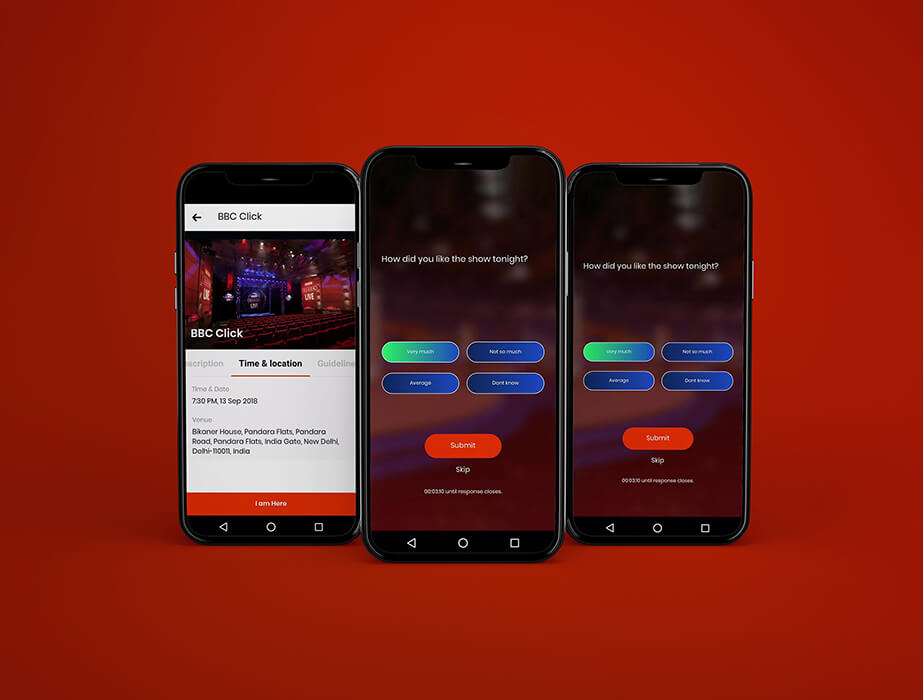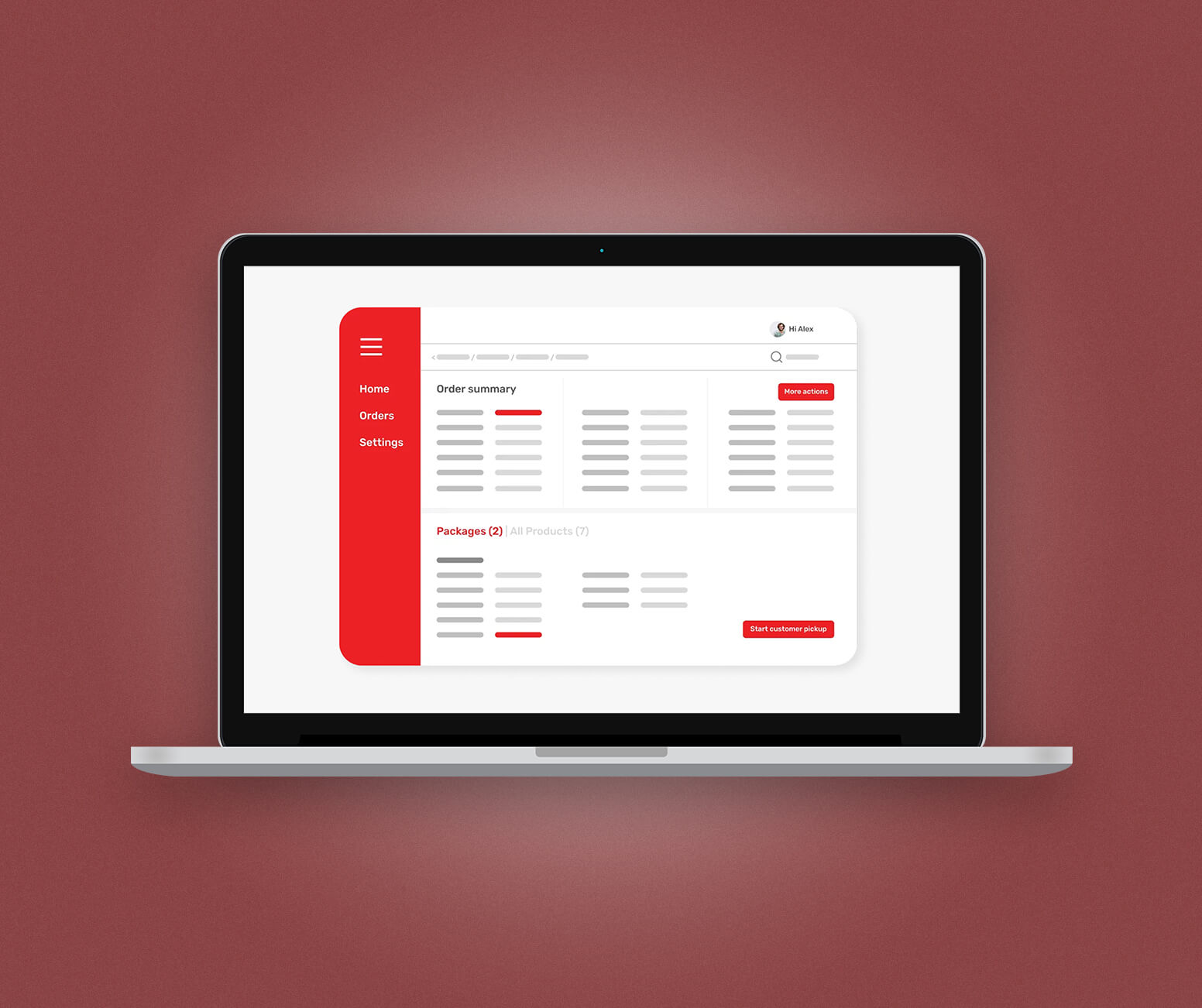Here at Builder.ai, user experience (UX) is doubly important. We have to make sure the UX of our customer-facing products, like Builder Studio and Studio One, is easy to use and expresses what Builder is all about. And we have to make sure we build products that are equally as expressive of customers’ ethos and delight their users, too.
That means we have to be locked in when it comes to UX design, and for that we need a UX strategy. But what is that?
We’ll get into it in more depth, but the tl;dr is that:
A UX strategy is a long-term directional approach that guides design and experience-related decisions in an organisation.
Or, it’s how design principles intersect with brand and staff skills.
Ultimately, a design strategy will improve how a company approaches UX, driving business outcomes. Better products, happier customers, more customers.
So let’s get into it.
Why is a UX strategy important?
It engenders cross-team alignment
A UX strategy ensures that all staff working in design and product are aligned on the company’s overall UX vision. It provides a source of truth for creative direction for individual designers, and through review processes, provides a self-correcting creative model in which all team members keep each other’s work aligned with the strategy.
It helps you decide what’s not important
A UX design strategy tells a designer what not to do, as much as it tells them what to do. When a blank screen or page contains infinite possibilities, a design strategy rules out everything except what’s permitted by the strategy.
Constraints can be useful for creatives. Indeed, working within constraints is often where the truest creativity abounds.
It connects design with business outcomes
A UX design strategy brings design under the control of the executive team. It means a company can respond to changes in technology and consumer tastes by altering the strategy. It’s a way of allowing changes to corporate strategy to proliferate across products, maintaining cohesion, versus a piecemeal approach where individual designers interpret instructions differently.
A design strategy represents the customer's voice within leadership discussions. User personas and research-based insights into customer needs inform roadmap planning. Design thinking is applied to business objectives to shape the direction for product and design teams, ensuring alignment with both company OKRs and the overarching company vision.
Putting together a UX strategy
A UX strategy is a high-level plan that outlines the overall goals and approach for designing a product or service, encompassing aspects like user needs, business objectives and brand identity.
In the real world, ideally you would be able to give a UX design strategy to a Head of Design and say, this is what we want to achieve – make it happen.
But what would need to be in the strategy for that head designer to be successful?
A complete UX strategy will comprise:
1. Vision and principles
A UX design strategy needs to contain a vision that describes the desired future state of the company’s UX.
A vision statement can be conceptual and emotive, and it’s a big part of the job of a designer to interpret abstract ideas to create real products.
However, within conceptual language should be useful information about the brand, how it should be experienced and interacted with, what emotions users should feel and what ethos it embodies.
And the vision should, of course, be aligned with the company’s overall strategy, and share many elements with the company’s top-level vision statement.
2. Design system
A design system is a comprehensive toolkit of components and brand guidelines that a company’s designers must follow.
A key part of a UX strategy, a design system provides the foundation for consistent and user-centered design across products and platforms. It defines reusable components, visual guidelines and best practices that designers and developers can reference, ultimately contributing to a positive user experience.
Google’s Material 3 design system is a prominent example of a design system. (For especially curious readers, compare it to Material 1 to see how Google’s approach to design systems has changed over the years.)
Design systems are a big piece of work and they can be incredibly valuable to a company. That’s because they help a company achieve:
- Consistency – A design system ensures visual consistency across all products – a core principle of good UX. And a change to components will propagate through all designs.
- Efficiency – Pre-built components and guidelines streamline the design process, saving time and effort for designers and developers.
- Collaboration – A well-maintained design system serves as a shared reference point for cross-functional teams, promoting collaboration and alignment.
- Scalability – Design systems enable easier scaling of products and features by providing a structured approach to new design elements
All that being said, a design system does not need to be 100% complete to be included in a UX strategy.
In place of a design system, you can get by with a simple style guide, a basic pattern library, a collection of UI components like one of the many React component libraries, or even just using a design tool like Figma or Sketch to maintain visual consistency without a comprehensive system in place.
3. Measurables
As a UX design strategy is anchored to business outcomes, the strategy must include the measurements that will be used to track performance.
We suggest defining goals and metrics. Goals should follow the reliable SMART formula and be specific, measurable, achievable, relevant and time-bound.
Metrics should be quantifiable and be either quantitative (measured by numbers) or qualitative (measured by thoughts and feelings).
Quantitative metrics are generated passively through customer interactions with your products, while qualitative data requires proactive gathering, through survey, interviews and sentiment analysis.
Here’s how that could look:
Goal 1
Drive sustainable and responsible tourism
Metrics
- Accommodation bookings
- Adoption rate of sustainable travel tips
- Increase user engagement with sustainability-related content
- Reduce the carbon footprint per traveler
Goal 2
Strengthen brand loyalty and advocacy
Metrics
- Referral rate of new users
- Social media engagement (likes, shares, comments)
- Number of active brand ambassadors and influencers
- Net Promoter Score (NPS)
The way the team approaches UX design should influence these metrics.
4. People and process
To execute on a UX design strategy, a company needs the right skills across a range of job roles. UX teams typically include specialists in user research, interaction design, visual design, content strategy and UX engineering. And an organisation needs to combine these specialists in the right way through reporting structures.
For UX to be effective, it cannot operate in isolation. A UX strategy must define how UX collaborates with key stakeholders across a company, particularly product management, engineering and marketing.
With product management, UX plays a critical role in defining what should be built by bringing user insights into prioritisation discussions.
Collaboration with engineering translates design intent into a functional, high-quality product. UX teams must work closely with developers to define feasibility, refine design systems and conduct regular design reviews.
Marketing and UX also have a natural intersection, particularly in areas like content strategy, conversion optimisation and brand consistency.
A UX design strategy can outline a framework for these roles, skills and stakeholders to interact, driving high performance across the board.
What doesn’t go into a UX design strategy?
For a UX design strategy to retain its usefulness, it’s important to stop it falling prey to scope creep. As a high-level document, a design strategy should avoid getting into the tactical side of UX.
That means, we don’t want the strategy to include:
- UX plan – the roadmap or sequence of activities to implement the UX strategy
- Short-term deliverables – a strategy should not include day-to-day and week-to-week deliverables
- Meeting cadences – what kinds of meetings and interactions take place, and when, is not to be included in a strategy
- UX tactics – specific methods or actions used to execute the plan (e.g., “Conduct usability testing,” “Design user flows,” “Introduce dark mode”)
- KPIs – a strategy should not include specific numbers within the key metrics it lays out. These are defined separately.
What groundwork do you need to lay before making a UX design strategy?
To create a UX design strategy, a few preliminary steps need to be followed…
Stakeholder consultations
The most important step is to consult with the people in strategic roles. C-suite and department heads will want to be involved as setting a strategic objective with UX will impact wider business implications.
Senior stakeholders will be the ones who lay out what they ultimately want the strategy to accomplish from a business performance perspective.
Skills and people audit
A UX design strategy needs to be realistic given the people resources available to the company. However, it is not up to the strategy to determine how to get the best out of the UX team, or if new talent needs to be hired – responsibility for that lies within the UX team.
Design system or design framework
While it’s not necessary to have a fully fledged design system in place before setting a strategic direction, it’s useful to have some UX guidelines in place. That gives the UX team a chance to process the strategy and shape the guidelines as they see fit.
But – for small organisations with only a few UX teams, a design system might be overkill.
Final words
A UX design strategy is important to any company or organisation that uses UX to drive business outcomes.
A UX strategy is rooted in real needs, backed by data and aligned with business priorities. Without these steps, UX efforts risk being disconnected, undervalued or difficult to implement at scale. By understanding the business, assessing UX maturity, gathering user insights, defining collaboration structures and securing buy-in, companies can create a UX strategy that is both visionary and actionable.
FAQ
What is a UX design strategy?
A UX design strategy is a structured plan that aligns user experience design with business goals to create meaningful and effective interactions. It combines research, design principles and technology to enhance usability and engagement.
How can UX design strategy improve user satisfaction?
A well-defined UX design strategy ensures products are intuitive, accessible and meet user needs, reducing frustration and increasing engagement. By focusing on user feedback and behaviour, it helps create seamless and enjoyable experiences.
What are the key components of a UX design strategy?
Key components of a UX design strategy include a vision statement, a design framework, measurable and a skills assessment.
Why should businesses invest in UX design strategy?
Investing in UX design strategy makes it easier to leverage UX design to drive business outcomes. It provides a way of creating cohesive digital products to high standards.
What challenges can arise without a UX design strategy?
Without a UX design strategy, products may become confusing, inconsistent or difficult to use, leading to low engagement and high churn. Businesses risk wasted resources, poor customer satisfaction and reduced competitive advantage.
What is the difference between UX strategy and design strategy?
UX strategy focuses on creating a seamless user experience aligned with business goals, while design strategy is broader, covering aesthetics, branding and overall design principles. UX strategy ensures usability and functionality, whereas design strategy shapes the visual and emotional impact of a product.
Want to start your app project with us?
Book a demoSpeak with one of our product experts today.
By proceeding you agree to Builder.ai’s privacy policy and terms and conditions

Malcolm is a seasoned content manager and writer, skilled at pulling the juicy, digestible morsels of information from raw data to serve up readable, approachable and witty content. He has worked in macroeconomics, corporate data, sales acceleration and UX design, guiding content strategy, developing tone of voice and yes, writing a lot of blogs along the way. A freelancer, Malcolm has a longstanding relationship with Builder.ai.










 Facebook
Facebook X
X LinkedIn
LinkedIn YouTube
YouTube Instagram
Instagram RSS
RSS


